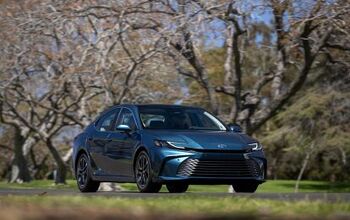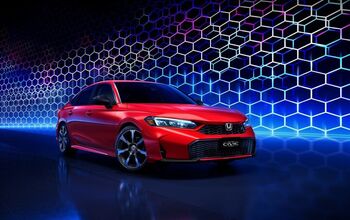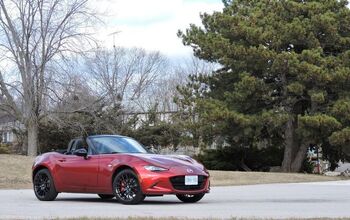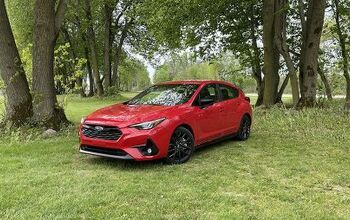Audi Plug-In Hybrid Due in 2014 as Automaker Sets Target to Be Luxury EV Leader

Audi has set a goal to be the electric leader in the premium segment by 2020, with a plan that will include pure battery electric vehicles, hybrids and now plug-in hybrids. At a recent technical seminar Audi’s electric mobility manager Franciscus van Meel commented that Audi expects to bring to market its first EV by 2014.
No details were given on the car, but it’s likely to be an adapted version of the 2.0-liter turbocharged 4-cylinder hybrid powertrain planned for the upcoming A8 Hybrid (above) and Q5 Hybrid. Audi recently unveiled the A8 Hybrid at the Geneva Auto Show earlier this year.
Also in the pipe is an A6 Hybrid, as well as the company’s flagship e-tron R8 electric sports car, which is set to debut in 2012.
Audi is also currently testing a fleet of e-tron A1 models in Europe, with a production date likely for the near future as BMW plans to launch its new MagaCity electric vehicle.
Audi’s EV plan will see electric cars make up 5 percent of total volume by 2020 with a larger plan to improve the efficiency of its gasoline and diesel models by 2020.
During that time, parent company Volkswagen will roll out its own electric and hybrid models, with the E-Up, E-Golf and E-Jetta due out by 2013. Hybrid Golf, Jetta and Passat models will also begin rolling out in 2012.
[Source: Automotive News]

With AutoGuide from its launch, Colum previously acted as Editor-in-Chief of Modified Luxury & Exotics magazine where he became a certifiable car snob driving supercars like the Koenigsegg CCX and racing down the autobahn in anything over 500 hp. He has won numerous automotive journalism awards including the Best Video Journalism Award in 2014 and 2015 from the Automotive Journalists Association of Canada (AJAC). Colum founded Geared Content Studios, VerticalScope's in-house branded content division and works to find ways to integrate brands organically into content.
More by Colum Wood
































Comments
Join the conversation